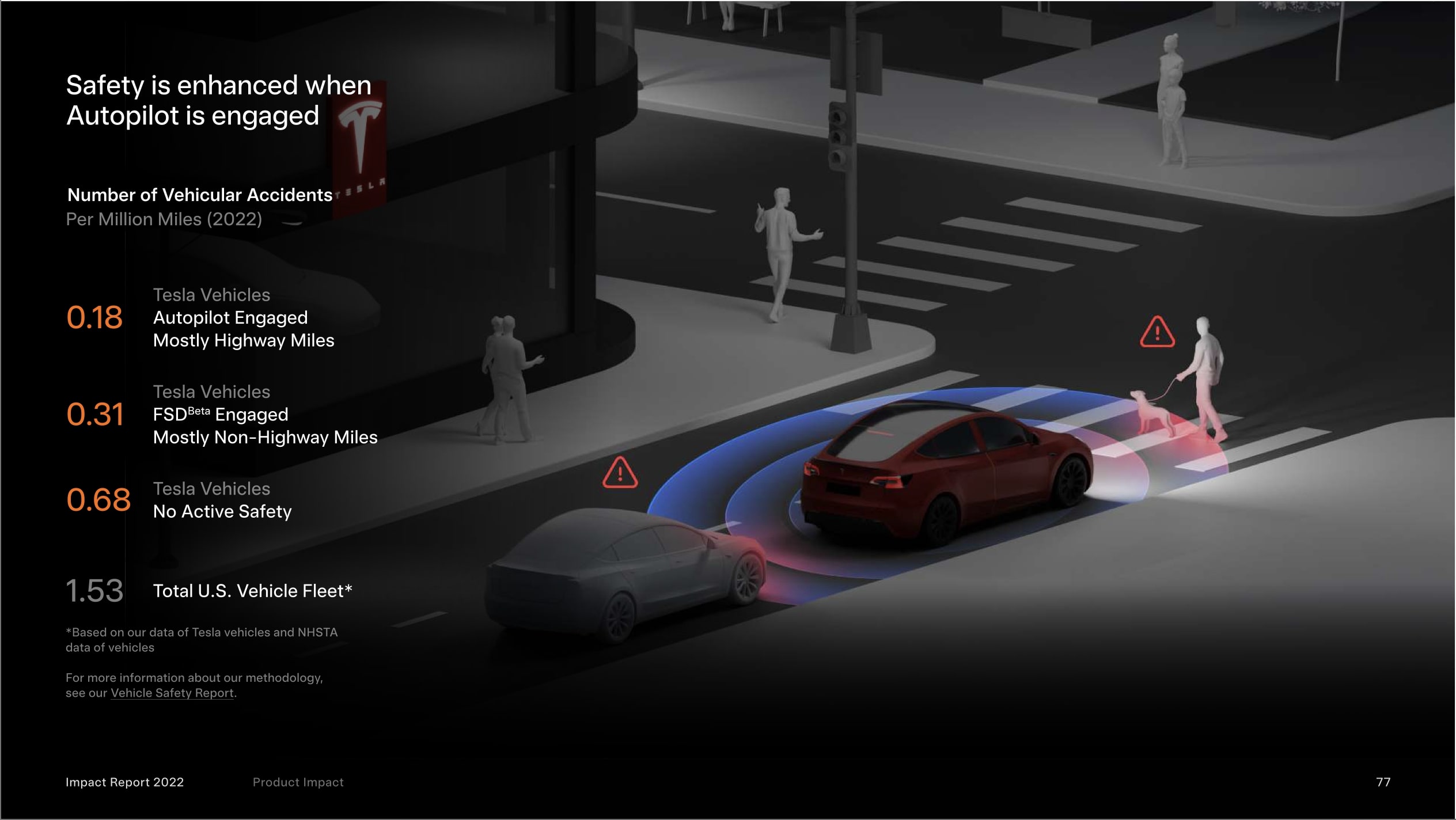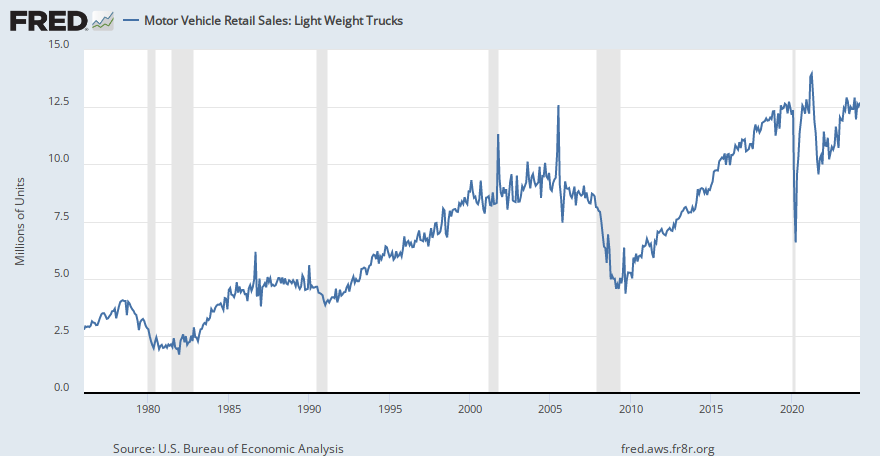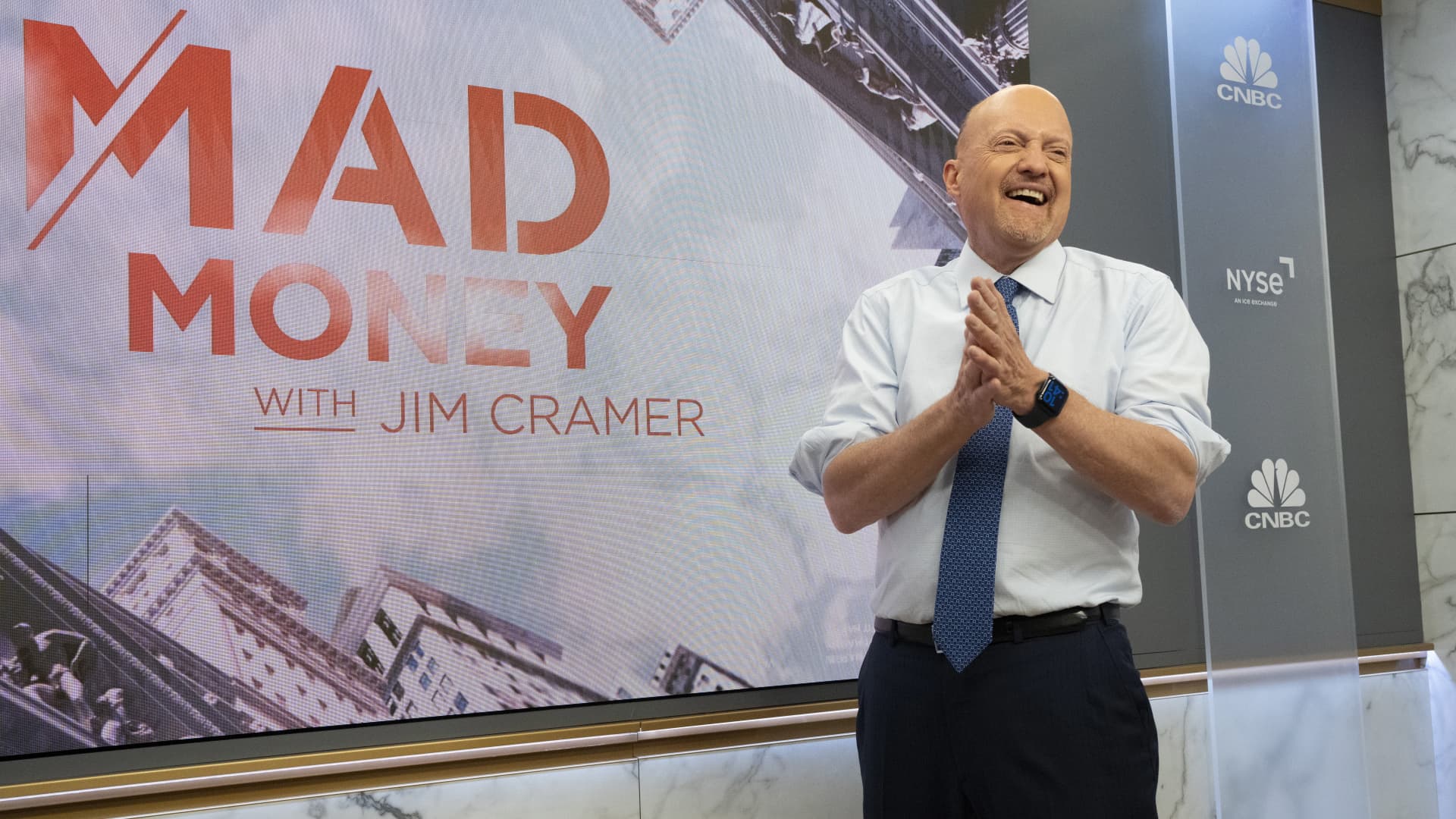Day 06: Six geese a-laying | Megapack To Excel
Part of
12 Days of Christmas - Tesla Edition a series (c) by the Artful Dodger, Dec 2023
Over this Yuletide season, I will post a daily installment focusing on Tesla products, past, present, and future (please note that I will express
major themes as short-hand bullet points, or I will run out of
Yule before the
tide peaks). Here's the series so far:
Day 01: A Partridge in a Pear Tree | Roadster Proof of Concept
Day 02: 2 Turtle Doves | S/X Fraternal Twins go Mainstream
Day 03: 3 French Hens | Model 3 Bets the Company
Day 04: 4 Calling Birds | Model Y Built at Four Factories
Day 05: Five Golden Rings | Semi Breaks Physiks
Intro to Part 6: Megapack To Excel
Megapack is the answer to the question everybody was afraid to ask: if renewables are cheaper, why doesn't everybody do it? (
hint: based on it's supply'n'demand economics).
1. Getting those Ducks in a Row
- Folks love to say the problem with renewables is that the sun doesn't always shine, and the wind doesn't always blow. This is incorrect
- it's about the timing of peak power availability vs peak demand, since on the traditional grid electricity must be consumed within moments of its generation (or the grid becomes unstable)
- Renewables and the 'Duck curve'
- the real achilles heel of solar energy is that peak demand occurs in the evening when people get home from work, often after the Sun has set, or its after peak insolation
- the solution is to pair solar power with battery storage, thus flattening the 'duck curve', and creating arbitrage opportunities (c.f. Tesla Autobidder +Virtual Powerplants)
- Wind is less variable on a hourly basis, and tends to be deployed in commercial wind farms, where geographic distribution (site planning) and added storage make it work
- Read about the first large deployment of Telsa Megapacks near Adelaide Australia, called the Horndale Power Reserve. This $90M project (which was done in 90 days in 2017 on a dare from Aussie Billionaire Mike Cannon-Brooke) paid for itself within 2 years, and single-handedly saved the South Australian grid several times. Key to future success is the number of even larger such 'big battery' projects now planned or already deployed in Australia - Elon once said 'a continent is just a big island.'
- Whoops, sat on a Duck
- futher big-battery projects came rapidly after the Aussie success story became widely known, notably the islands of Hawaii and Puerto Rico (huricane-damaged grid)
- Perhaps the most famous example is the Moss Landing project near San Francisco, which was Tesla's 1st ever 1GWh storage deployment, one so large its capable of running the entire City of San Francisco for 4 hrs - this makes daytime solar extremely valuable (charge), and overnight wind extremely useful (recharge)
- the economics of arbitrage were now clear: Megapacks let you buy low and sell high
- even more important you don't need to repair natural gas 'peaker plans' which are now quickly being replaced by grid-scale energy storage projects
Lesson 1: Build the missing piece of the puzzle - Storage infrastructure
2. The Right Stuff: Megapack 2 XL
- Tesla Megapacks were mostly on the back-burner during the Model 3/Y ramp, the pandemic, and the supply shortage due to lack of battery cells (Giga Nevada used a nickel-based Li-Ion chemistry, and made 10x more cells for the auto business than the energy business)
- Finally, Tesla arrived at the optimal design for their new energy storage product, based on the size and weight of the ubiquitous shipping container: the Megapack 2 XL (4 MWh/pack)
- this form-factor speeds logistics, making it readily adaptable to existing transport infrastructure
- Megapack 2 XL also saw the switch to much cheaper LFP bty cells based on $/KWh*lifecycle (LFP is also longer lasting, more supply available)
- Of course, this new flagship TE product would be built at a new dedicated Tesla factory in Lathrop, CA (about 30 miles N. of the Fremont factory) which is also the lead factory in an upcoming fleet of 'Megafactories'.
Lesson 2: Go big, then go wide (and deep)
3. Megafactories: "
The Business model"
- Also coined the 'Megapacktory', this consists of two 20 GWh/yr modules that are designed to be cloned quickly to increase production as required
- Tesla Energy large-scale storage solutions have been called 'recession proof' because their main customers are large utility operators, who's capital budgets are set years in advance and are largely unaffected by interest rates (thanks, Public Utilities Boards, who set the tariffs to ensure minimun profitability of large utility companies regardless of the wider economy).
- Quasi-infinte demand:
- Electrical grid and generation companies have on the order of 1,200 existing gas and coal fired generators is the USA alone. Each one of these sites typically includes 'peaker plants' which are about twice as expensive to start and operate for the few hrs per day needed
- when faced with replacing an end-of-life peaker plant (4 years / $200M), engineers and MBA's look favorably at a 1 year / $100M Megapack solution. So do CEO's.
- Flattening the TSLAQs
- Megapack has a unique business model within Tesla
- Upfront payments from Customers at the time of order largely cover the initial costs to build their megapacks (typically 20% paid upfront), plus a further stream of payments based on achieving milestones throughout deployment, test, and commissioning phases
- Each Megapack deployment also earns an annual maintenance fee (which is often conducted remotely via computer) and contributes continuing revenue over the lifetime of the project
- Due this back-loaded income, Tesla rides a tsunami of steadily-building revenue from its Energy division as the size of the fleet increases year after year (at 12.5 GWh now per Tesla)
- Giga Shanghai right now is in the proces of building it's first 40GWh/yr Megapack factory, conveniently located just 3 km from the newly-commissioned 80 GWh/yr CATL LFP battery factory)
- because the Megafactories are modular, I look for the Next Gen to also be in China: a factory to build build more Megafactories
- for Tesla to make good on their intention to create 1TWh/yr of capacity for Megapack, that's 1,000/40 = 25 Factories the size of Lathrop needed (which is also 4/yr for 6 years <- they definately need a factory to build those factories)
Lesson 3: If you build it, they will buy it
Conclusion:
Megapack embodies the low-hanging fruit in the transition to renewable energy, bolstering the electrical grid while achieving outstanding ROI. Tesla made the obvious move by creating a new product line focused on the grid. So obvious, that no other manufacturer (esp. Automakers) have been able to follow their lead. Why? Simply because others don't have the
Right Stuff, the
Secret Sauce, and the
chutzpah to create a new sub-industry. Tesla has this
right stuff.
Tesla leveraged their experience and expertise in power electronics, manufacturing, and their supply chain to build a recession-proof business line that is already changing the world, and stands to become even larger than Tesla's auto business. Megapack is the
Goose that layed the Golden Egg (and just keeps on laying).
Next: Cybertruck: 7 new technologies debut in a world-beating new flagship truck - to da Moon!
Tomorrow's Topic:
Day 07: Seven swans a-swimming | Cybertourdeforce





